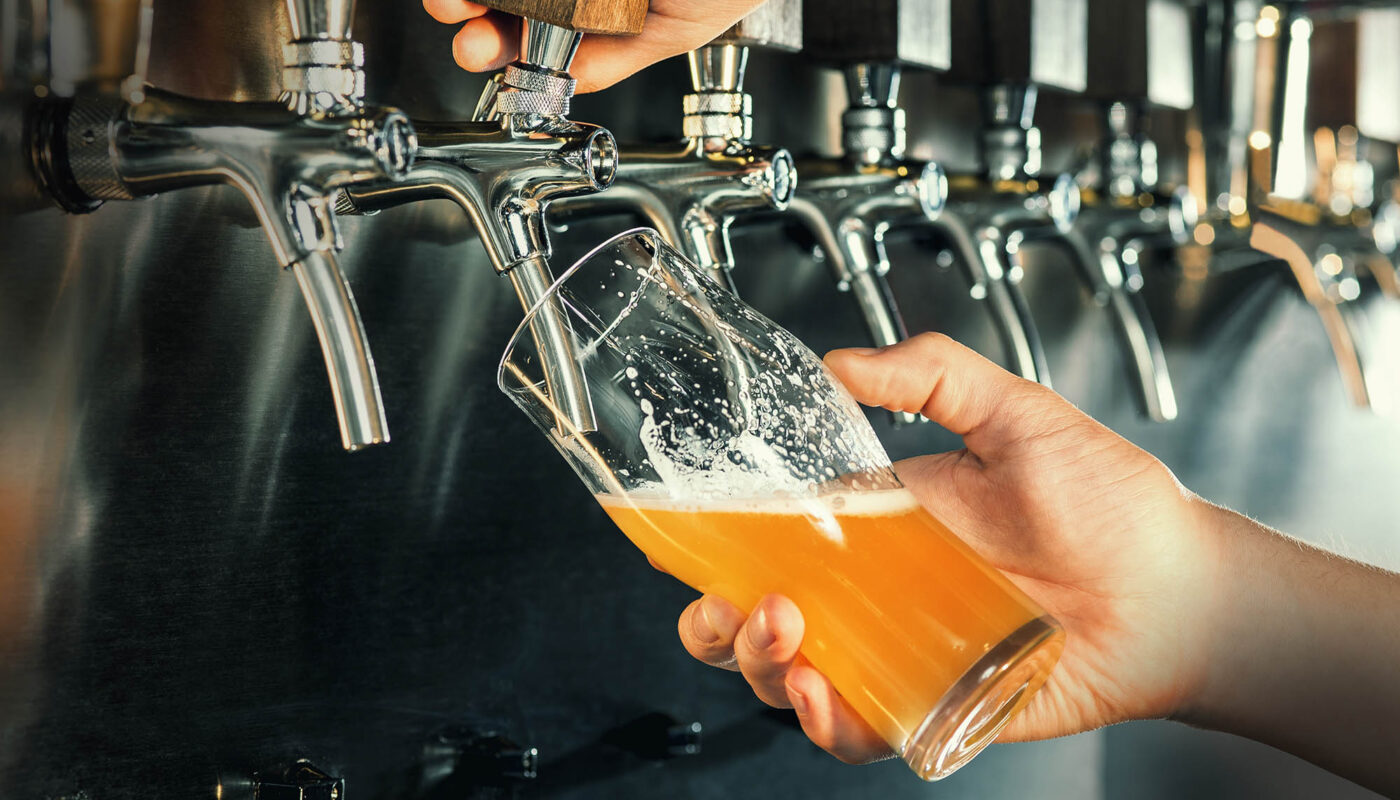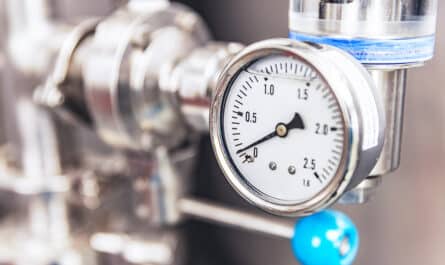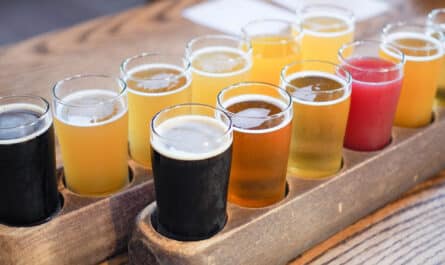Kegging beer is such a luxury because you can keg your delicious brew and have it ready to drink the next day (not to mention you have beer on draft at home, period). It may not have the perfect carb quite yet but it’s good enough for that long-awaited pour. There are 3 ways to force carbonate a keg. I’ll explain the 3 methods and their justification below in order of length of time to pour.
Just a quick note before I dive in, chilled beer accepts CO2 much better/quicker than warm beer. You can still carbonate a warm keg, it will just take longer.
Purge Kegs and Seal Before Carbonating
This is a housekeeping item for whichever method you choose below but it’s worth mentioning if you’re here. Always purge your kegs of oxygen before carbonating—this will prevent oxidization and stale beer. To do so, connect your gas line to your gas post and set your regulator to 10 PSI. Give the pressure relief valve a good 4-second pull. Air will come hissing out. Let the keg fill with more CO2 until you hear it stop. Repeat 3 more times. The CO2 will force the air out of the top of the keg leaving you with a fully purged and oxygen-free keg.
From here I like to hit the keg with an initial 30 PSI to seal the lid. This will ensure the lid is firmly pressed against the top of the keg and no CO2 can leak out. I can’t even tell you how many CO2 tanks I prematurely drained before I got my act together. A spray bottle filled with water/Star San solution is great for identifying tiny leaks (look for the bubbles popping).
Quick Carb: 15 Minute Carbonation
Quick carbonating beer is a homebrew hack that allows you to basically carb up a keg in about 15 minutes. Yes, you read that right. Quick carbing is great if you’re in a pinch and need to have beer ready in a few hours for a party. Just note, it works best if your keg is already cold. This would be an ideal scenario if you’ve already cold crashed.
- Connect your keg to the CO2 and turn the regulator to 20 PSI.
- Place the keg on its side on the ground.
- Roll the keg back and forth in a swift but gentle motion for about 15-20 minutes or until you’ve reached your desired level of carbonation.
- Purge keg to serving pressure (10-12 PSI) and serve.
You will hear the beer sloshing around in the keg as you rock it—this is expected and normal. You’ll also notice your CO2 tank will constantly be filling the keg as you rock it and roll it. The splashing of the beer forces the CO2 to dissolve into the beer rapidly.
Cons
This method can lead to over-carbonated beer. You need to be careful not to take it too far. Lastly, you won’t achieve an “ideal” form of carbonation because the CO2 will not have time to adequately dissolve into the beer. This would be an absolute last resort scenario in which not having a sip of your finely crafted homebrew just may kill you. Your carb will slowly improve over time as it sits in the keg. It just may get worse before it gets better.
24 Hour Carbonation
The 24-hour carb is probably the most common practice to carbonate a keg and my preferred method. Your carbonation will continue to improve in the coming days at serving pressure but it’s a quicker way to enjoy your beer with a better carb than the quick carb method.
- Place your keg in your kegerator, connect to CO2, and turn the regulator 30-35 PSI.
- Let your keg sit for 24 hours.
- Reduce to serving pressure (10-12 PSI). You can purge extra CO2 and serve right away or let it sit for 2-3 days to fully carb.
The extra CO2 will naturally absorb into the beer over the course of the next few days if you let it sit at serving pressure. This would be an option if you’re concerned about purging hop aroma along with extra CO2. You can also be a sport and just dispense at 30 PSI for a few pours. Just be sure you set to serving pressure before doing so.
Cons
Your beer may not be quite fully carbonated after 24 hours. After 2-3 additional days at serving pressure, your beer will be 100% carbonated and ready to sip chug.
Low and Slow: Serving Pressure Carbonation
The last method is the slowest form of natural carbonation. If you’re in no rush to drink your beer (what is wrong with you?…just kidding) this is the way to go.
- Place your keg in your kegerator, connect to CO2, and turn the regulator 30 PSI to seal the lid.
- Reduce to serving pressure and come back in 1-2 weeks.
- Drink your beer.
Cons
By far the slowest method of carbonation. That being said in about 2 weeks you’ll have a perfectly carbonated beer waiting for you.
CO2 you later.





I’ve been brewing for 8 Years
Great articles. You never stop learning.